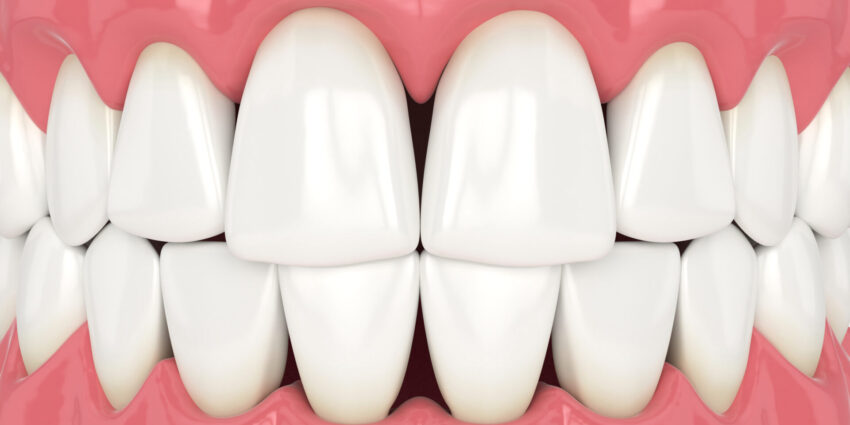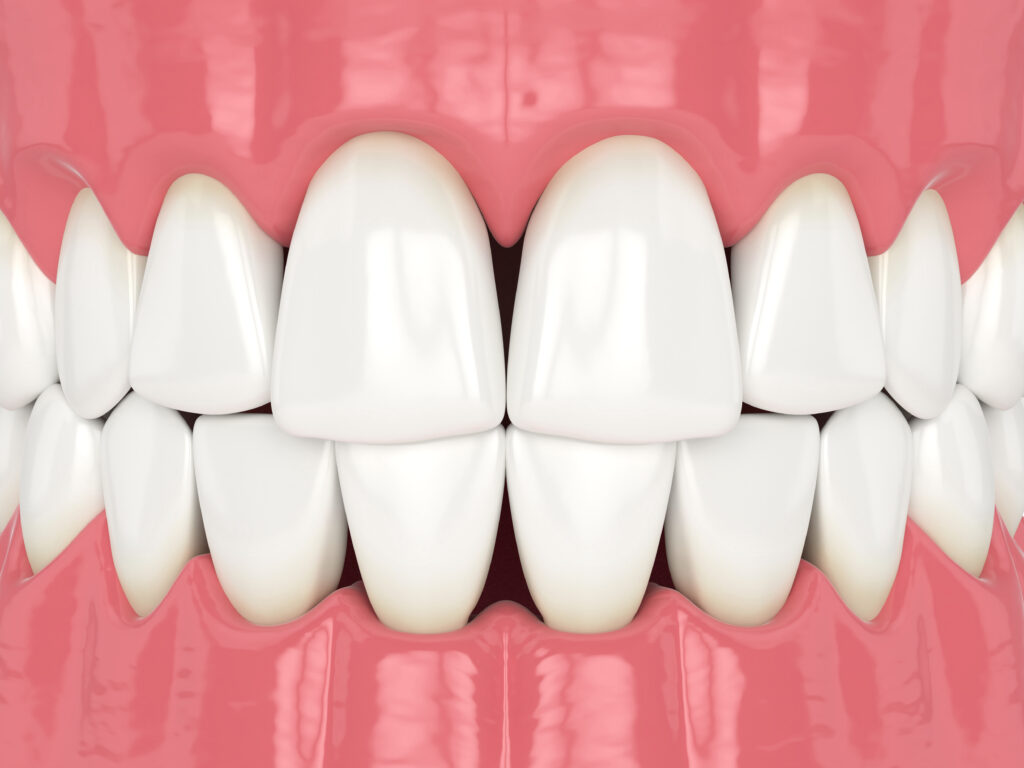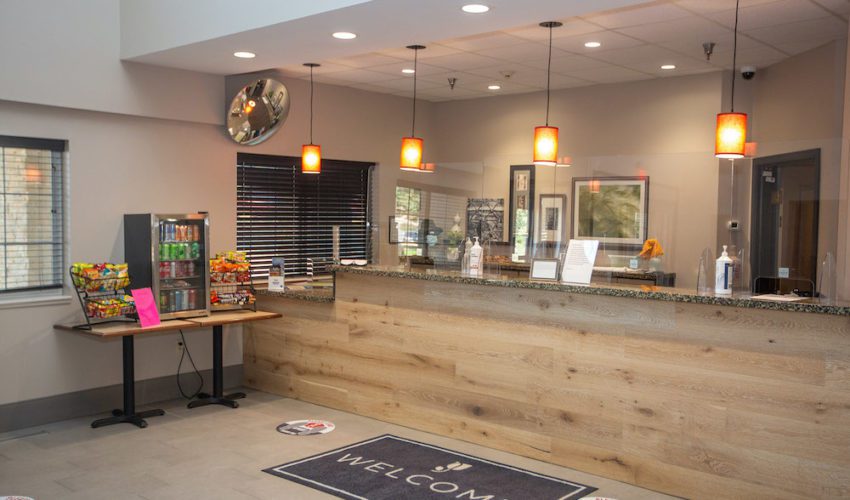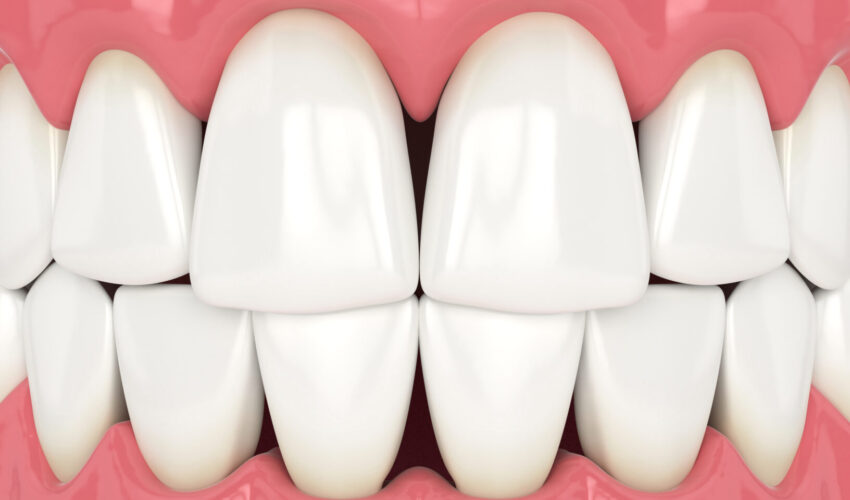With dental implants, this approach can be key to success
This paid piece is sponsored by Siouxland Oral & Maxillofacial Surgery.
Previously, we’ve shared information with you about bone grafting and dental implants. This time we will give an introduction to soft tissue grafting.
To start, there are two types of oral soft tissue that are important for dental implants:
- Attached gingiva is gum tissue that is light pink and does not move. It’s the tissue around your teeth and on your palate, and it tends to be thick. When you brush your teeth, you can see the bristles disappear in a sulcus, or small pocket, around your teeth for about 2 mm to 3 mm. You may hear your hygienist or dentist say you have “pockets” around your teeth; that typically means your sulcus is deep at about 4 mm to 5 mm and predisposes you to gum disease.
- Movable mucosa is a darker pink, almost red, type of gum tissue, and it moves and stretches. It’s the tissue in your mouth on the inside of your cheeks and lips, and it tends to be thin. This mucosa doesn’t adhere well to teeth and implants, so just like a shirt pocket, it opens up easily and traps bacteria within the pocket and thus increases the chance of gum disease. Various terms describe this disease process: gingivitis and its more severe cousin periodontitis for teeth and mucositis and its more severe cousin peri-implantitis for dental implants.
Dental implants, much like teeth, do best when there’re at least 2 mm to 3 mm of thick, attached, light pink tissue around them. This tissue is more resistant to gum disease than movable mucosa around the teeth or dental implants. Teeth and dental implants in people with thick attached gingiva do better than teeth and dental implants in people with thin attached gingiva.
So those are our basic parameters for soft tissue around dental implants. We preferably want a zone of thick attached gingiva around our dental implants and our teeth. So what happens when we don’t necessarily have that?
We see this sometimes in anterior teeth where the teeth have moved in the bone forward and have thinned out the bone. That’s different from the teeth tipping forward — though that can be a problem too — which is a bodily movement, so the bone here is thin, and thus the gingiva is thin. If the bone gets thin enough, then the overlying tissue loses its blood supply and slowly retracts, exposing tooth roots.
Two options exist to manage this problem: Use orthodontics to move the roots back into the bone, or perform gingival grafting. Sometimes, both options used together is actually best. For dental implants, this retraction happens because of gum disease and overloading of the implants because the implants can’t move through bone like natural teeth do. Dental implants are bonded to the bone in a process called osseointegration. That same process can rarely happen to teeth as well, and it is called ankylosis.
So you may have a consultation with your oral surgeon about placing dental implants. In this consult, they might talk about soft tissue grafting because you don’t have the optimal tissue in the area for an implant. This is what they mean when they say gum grafting.
It’s important to grasp that your surgeon must obtain enough attached gingiva to be successful long term. This usually means taking some attached gingiva from the palate and transplanting it to the area that eventually will accept the dental implant. In some cases — see last month’s article — we actually need to make the gingiva thicker.
The gingiva, like skin, is composed of layers. The layer we are interested in is the dermis. We want a thick dermis, and we can thicken a thin dermis with a graft. The tissue can come from a thicker part of yourself, like the palate, or we can utilize cadaver dermis. We can slide that cadaveric dermis under the natural gum tissue and thereby thicken it up.
We’ve simplified things quite a bit here, of course, and there are multiple variants to these procedures. Nonetheless, it’s still important to understand the basics of these processes so that you will properly appreciate the treatment plan provided to you.
Interestingly enough, to further add to the complexity, we now can add growth factors to aid in healing. Even bone grafting can be added to the process to fibrose and “toughen” the underlying tissue.
Those, however, are topics for another day.
All our best!
Siouxland Oral Surgery
Oral Surgery by Oral Surgeons









